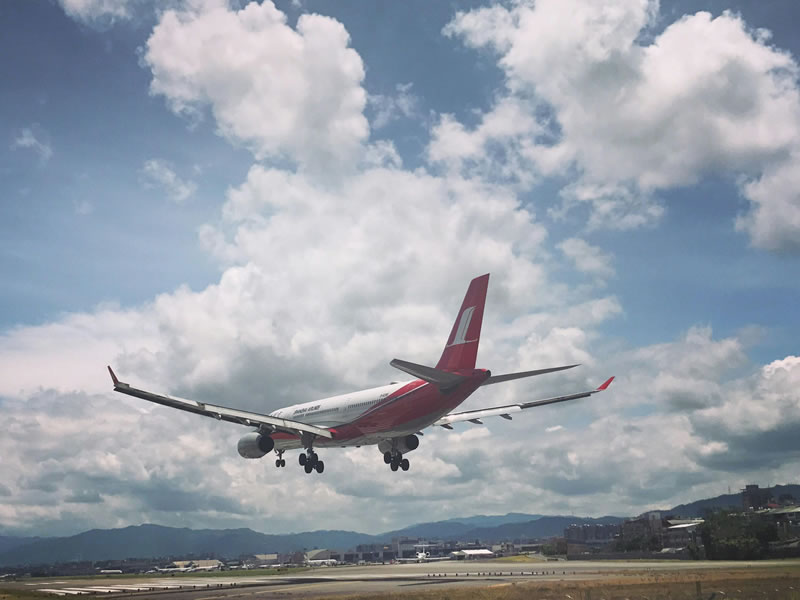As Canada’s most populous province and economic powerhouse, Ontario boasts a diverse landscape, bustling cities, and thriving industries. The province’s transportation infrastructure is extensive, comprising a network of highways, including the 400-series highways and the Trans-Canada Highway, which connect urban centers and facilitate the movement of goods and commuters. Railways, such as the Canadian National Railway and the Canadian Pacific Railway, play a crucial role in transporting goods to and from major ports and industrial centers. Toronto Pearson International Airport serves as Canada’s busiest airport, providing air connectivity to domestic and international destinations.
Ontario, Canada’s most populous province and economic powerhouse, boasts a vast and intricate transportation network that connects bustling urban centers, rural communities, and key industrial hubs. From the vibrant streets of Toronto to the picturesque landscapes of Northern Ontario, the province’s transportation infrastructure plays a critical role in facilitating trade, commuting, and tourism. In this article, we delve into the various modes of transportation in Ontario, highlighting key features, challenges, and future initiatives driving connectivity and mobility across the province.

Highways
Ontario’s highway system is extensive, with a network of 400-series highways crisscrossing the province and connecting major urban centers such as Toronto, Ottawa, and Hamilton. The backbone of the highway system is the Queen Elizabeth Way (QEW), which stretches from the U.S. border at Niagara Falls to Toronto and beyond. Other major highways include Highway 401, one of the busiest highways in North America, and Highway 417, which links Ottawa to the Ontario-Quebec border. These highways facilitate the movement of goods and commuters, supporting economic growth and regional development.

Public Transit
Public transit plays a crucial role in Ontario’s urban centers, providing an efficient and sustainable mode of transportation for millions of residents and visitors. The Toronto Transit Commission (TTC) operates the largest transit system in the province, serving the Greater Toronto Area (GTA) with subways, streetcars, and buses. Other municipalities across Ontario operate their own transit systems, including GO Transit, which provides regional rail and bus services connecting the GTA to surrounding regions. In recent years, there have been significant investments in expanding and improving public transit infrastructure to alleviate congestion and reduce greenhouse gas emissions.

Railways
Ontario is home to a comprehensive railway network that facilitates the movement of goods and passengers across the province and beyond. Canadian National Railway (CN) and Canadian Pacific Railway (CP) operate major rail corridors, transporting commodities such as grains, minerals, and manufactured goods to and from key industrial centers and ports. VIA Rail Canada provides passenger rail services, connecting major cities like Toronto, Ottawa, and Windsor, as well as remote communities in Northern Ontario. High-speed rail initiatives have been proposed to enhance connectivity between major urban centers and reduce travel times.

Airports
Ontario is served by several international airports that provide domestic and international air connectivity for passengers and cargo. Toronto Pearson International Airport is Canada’s busiest airport, serving as a major hub for both passenger and cargo flights. Billy Bishop Toronto City Airport, located on Toronto Island, offers convenient access to downtown Toronto for business travelers and tourists. Other key airports include Ottawa Macdonald-Cartier International Airport, Hamilton International Airport, and London International Airport, which facilitate air travel to destinations across Canada and around the world.
